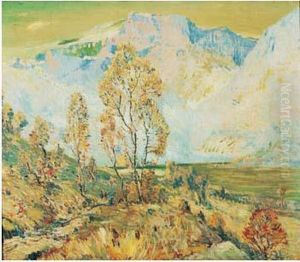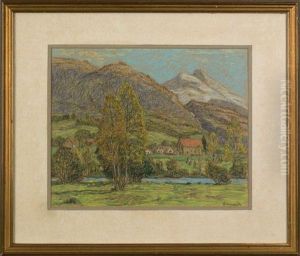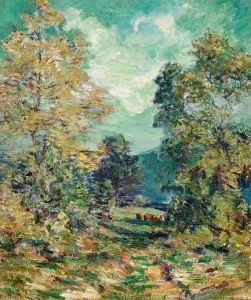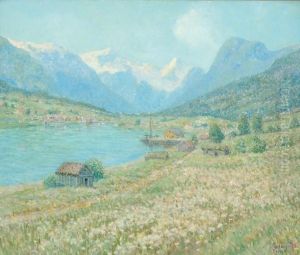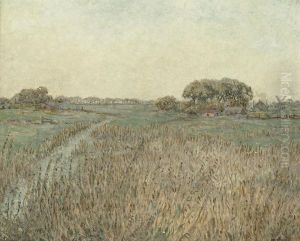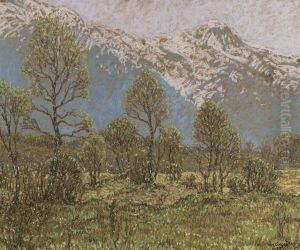William Henry, Singer Jnr. Paintings
William Henry Singer Jr. was an American painter best known for his contributions to the American Impressionist movement. Born on December 5, 1834, in Pittsburgh, Pennsylvania, Singer was born into a wealthy steel family, which allowed him the privilege to pursue his passion for art without financial burdens.
Singer initially studied law, as was expected by his family, but his interest in painting led him to abandon his legal studies. He traveled to Europe in the 1860s to study art, like many of his contemporaries, and settled in the Netherlands for a significant period, where he was particularly influenced by the Dutch landscape and the works of the Hague School. He was also influenced by French Impressionism, and his work often reflected the movement's characteristic focus on light and color.
Singer's paintings typically depicted landscapes, seascapes, and occasionally, portraits. His use of vibrant colors and loose brushwork were hallmarks of the Impressionist style and distinguished his work from the more traditional approaches of his time. He exhibited his work at various venues, including the Pennsylvania Academy of the Fine Arts and the National Academy of Design.
Despite his wealth and the relative success of his art career, Singer did not achieve the same level of fame as some of his Impressionist peers during his lifetime. However, he was respected among his colleagues and art critics for his dedication to the Impressionist movement and his unique interpretation of the American landscape.
Singer passed away on April 27, 1908. His legacy is preserved through his artworks, which continue to be exhibited and collected by museums and art enthusiasts. Today, Singer is recognized as a significant figure in American art history, contributing to the wider appreciation of Impressionist painting in the United States.
